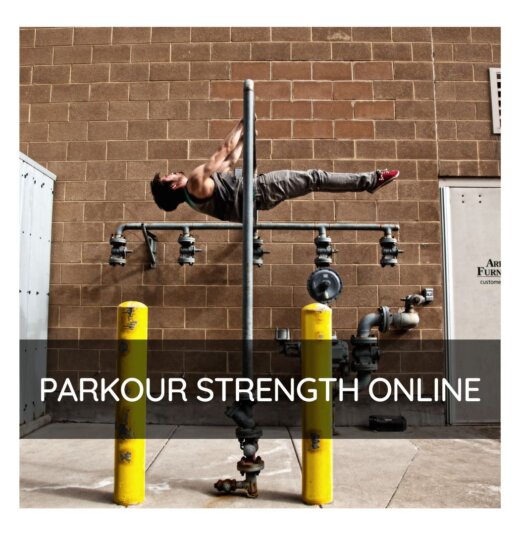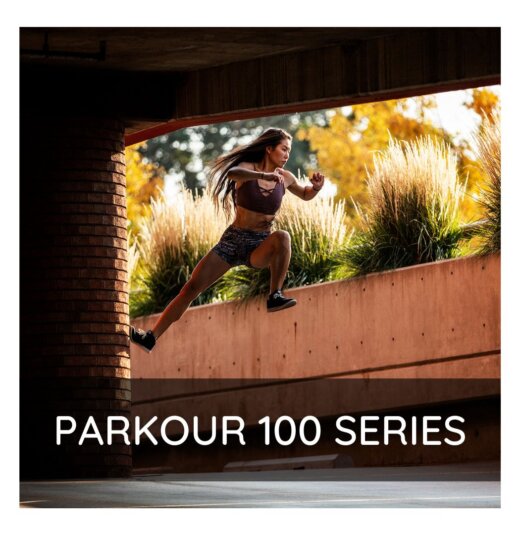When most people hear the word parkour, they often picture one of two things: daredevils leaping between rooftops—or that chaotic scene from The Office where everyone’s yelling “PARKOUR!” and launching themselves onto couches.
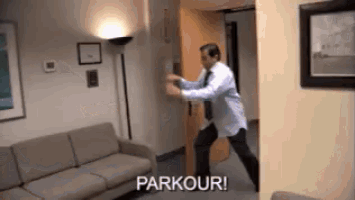
But parkour is more than a viral video or extreme sport.
At its core, parkour is a life skill that helps you navigate your physical environment more easily.
It reconnects us with those natural movements we once explored. It’s about learning to move efficiently and confidently through our environment, regardless of age or fitness level.
Remember when movement was play?
Think back to your childhood: jumping over puddles, climbing trees, balancing on curbs, and turning the sidewalk into an obstacle course. Maybe you played “the floor is lava”. Running, jumping, and climbing are all natural human movements. Somewhere along the way, many of us traded that playful curiosity for routine, structure, and caution.
Parkour reminds us how to play again. It rebuilds the mind/body connection we had as kids and helps us develop strength that lasts a lifetime. In a world that often tells us to grow up and fall in line, parkour gives us permission to play again. To climb, jump, and explore for no reason other than the joy of movement. Parkour makes the world your playground.
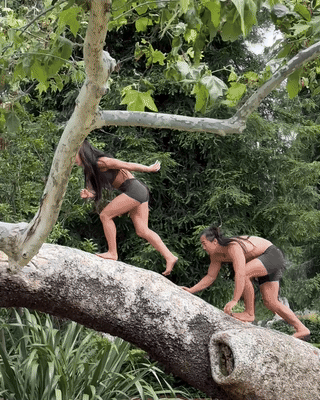
Young animals of many species use “play” to build skills and learn behavioral norms. Wolf pups play to learn how to hunt. Humans are no different—we’re wired to learn through movement. We naturally learn these skills as kids but stop using them as adults.
Parkour is functional fitness
What is functional fitness? Search “functional fitness” online and you’re bombarded with endless, funky exercises being done in gyms. While something is better than nothing, many of these “functional” exercises fall short of building actual functional skills.
If you end up in a real-life situation or emergency, what will you do? If you need to escape danger, whether it’s running away or climbing out of a burning building, are you gonna hit that crazy 360 burpee combo? Doesn’t seem that “functional” anymore, does it?
How about knowing you can run and pop over a wall to evade danger, or climb down from a second-story window to escape a burning building? That sounds more functional to me.
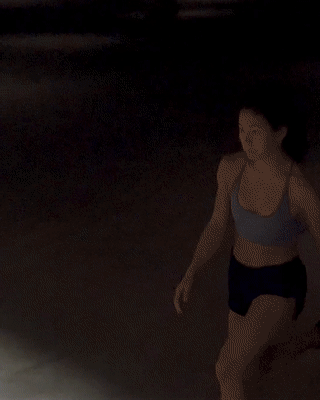
Although those examples are extreme, they do happen.
Outside of emergencies, parkour trains movement patterns that show up in the real world:
- Trip on a curb or uneven sidewalk? Better balance helps increase awareness and prevent falls.
- Falling off your bike? A roll could help you fall more safely.
- Jumping down from something? Better landings will make sure you don’t tweak your back or ankle.
Or simply being able to play with your kids better because you can move better.
As we get older, staying mobile and avoiding injury becomes more important than ever. Parkour offers a playful, practical way to keep our bodies strong, capable, and resilient. It’s not about reckless risk-taking—it’s about learning how to move with awareness, confidence, and respect for what your body can do. It’s about building trust in your body and the environment around you.
It’s not just physical—it’s mental
One of parkour’s greatest lessons is this: the obstacle becomes the way.
Rather than avoiding challenges, parkour encourages you to face them—the obstacle is literally the way. A handrail is something to vault over. A wall is something to climb. A tree branch is something to swing on. A gap is something to jump across. A lamp pole is the fastest way down a parking garage.
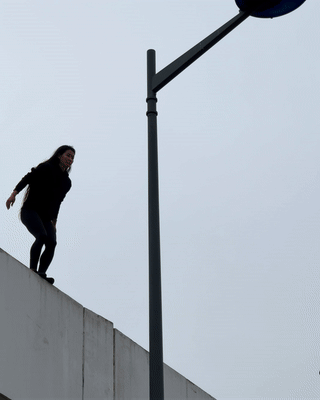
People often assume I have no fear, but I do. Almost everyone does. Fear is your body’s natural response to keep you safe. What parkour trains is how to assess fear, break down big challenges into smaller steps, and move forward with intention.
For example, a jump near our max ability and/or at height. If you know you can physically do it safely, it becomes about being able to commit to it mentally. Us feeling fear is our body’s way of saying we can do it. We don’t feel fear from things that are too easy or too hard. We feel it in that “sweet spot” of growth—the zone of proximal development, the space where learning happens.
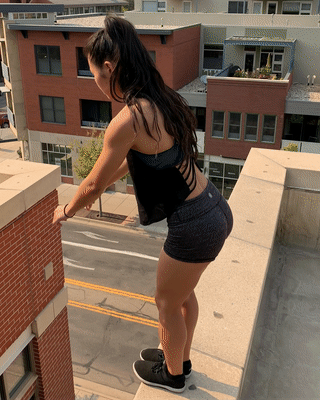
It’s easy to avoid anything that scares you, but exposure is one of the main ways to overcome fear. We accumulate this through reps, time, and practice. Parkour encourages you to constantly push your limits, face your fears, and manage risk.
This mindset shift can ripple into daily life. Instead of seeing limitations, you see opportunities. You move through the world with more confidence, creativity, and intention.
Parkour vision
Parkour transforms how you interact with your environment. Benches, curbs, rails, and walls shift from barriers into opportunities for movement, challenge, and play.
Society trains us to move through the world in predictable ways—following sidewalks, staircases, and paths designed to guide (and limit) our motion. But this kind of movement is often passive and disconnected. When you put your parkour vision goggles on, you see the endless opportunities that these constraints can provide.
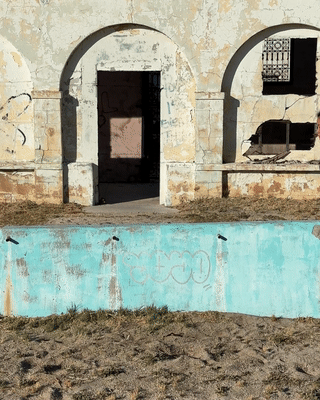
Parkour changes that. It invites you to question what you’re told is the “right” way to move. Suddenly, the structures meant to contain you become tools for creativity. The world becomes a playground. Parkour allows you to put meaning back into how you move through the world.
With parkour vision, you don’t just see obstacles—you see possibilities.
Empower yourself.
Parkour has been one of the most empowering skills that I have learned in my life. Coming from Hawai’i, when I moved to the mainland, I had a lot of anxiety in cities and crowded spaces–especially as a woman.
As I learned parkour, I started to realize that I am capable and strong. I started to feel like I could get myself out of dangerous situations. I started to see these spaces as opportunities for exploration and growth. And with all of that, the anxiety slowly decreased. I became more confident in myself and my abilities. And honestly–who wouldn’t want that?
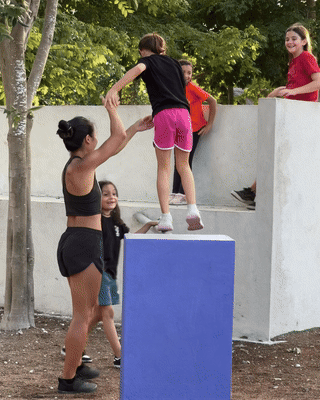
→ For a skill-based approach to learning and teaching parkour, check out our #1 online training program: Parkour 100 Series
→ To get our most comprehensive parkour strength training resource, consider purchasing our digital training manual: Parkour Strength Online
Explore your environment
When was the last time you walked around your city, park, or neighborhood just to explore? How well do you know the paths that you take daily? Parkour encourages you to get out, explore, and truly connect with your environment.
I challenge you to put your parkour vision goggles on the next time you stroll through your area. Maybe you’ll notice a nice wall to flow on or a fun jump challenge.
Parkour invites you to slow down, look closer, and re-engage with your surroundings—not just as a backdrop, but as something to interact with. It encourages exploration, presence, and a deeper connection to the spaces we move through every day.
Ready to start? Try these basics:
You don’t need fancy equipment or a gym to begin. You can start now with simple movements that build strength, coordination, and awareness.
It may seem a little weird to revert back to crawling around on the ground, but quadrupedal movement (QM) is a great, low-impact way to warm up the whole body and practice coordination.
Start with a basic forward quadrupedal walk, and then move on to variations like: backwards quadrupedal walk, crab walk, or ground kong.
Want an extra tough challenge? Try backwards quadrupedal walk upstairs!
The air squat is a fundamental movement pattern and a pre-requisite for good jumping and landing. It’s also a great way to measure hip, knee and ankle mobility.
Fake drops are a useful way to maintain and sharpen your drop/landing skills, without the need to do big jumps or drops.
Want to explore fake drops more? Check out our blog post diving into more fake drop variations.
Good landings are key to keeping your joints happy and healthy. Start with a smaller drop and slowly progress your way up higher.
Time for a disclaimer: Dropping repetitively from any height may not be a nice thing to do to your joints. Especially as you do it higher and higher off the ground. A good rule of thumb for beginners to follow is to try to limit your squat depth during a landing before you break a 90-degree angle with your upper and lower leg. Advanced athletes will likely have the strength, mobility, and control to safely absorb past 90 degrees, but beginners may not yet be ready.
Learn more about landings in our soft vs. hard landings blog.
Life happens. Sometimes we fall down. And while getting back up is important, so is knowing how to fall! The forward/shoulder roll is a key skill for dispersing impact and reducing fall damage.
Here’s a fun reactive rolling drill to practice falling in many directions.
Increasing your balance skills may seem like a big task, but it’s not! Better balance is all about practice. Start with a curb or even a line on the ground. As you start to feel more comfortable, move up to higher walls or maybe even a low rail.
The most basic and useful vault that we teach is the step vault. You can start with a knee high wall if you need, and then move your way up to higher walls or different surfaces like handrails. Don’t forget to try both sides!
If vaults are feeling challenging, start with a wall support or ground progression.
Check out our vaults playlist for more vaults and combos to try!
Now this is where things start to get even more fun! Precision jumps! An iconic parkour move that requires power and accuracy. Don’t worry, just like our other skills, we can work from the ground up for this too. Start with a broad jump on the ground, to a line, from the ground to a curb, or from a curb to a curb.
As you get more confident with your precision and ability to gauge your jumps, start to challenge yourself with higher jumps or connect multiple jumps.
And lastly, the cat hang. This is the beginning position of (imo) one of the most useful parkour skills, the climb-up. Holding this position helps develop a stronger grip, upper body pulling strength, and the full-body tension needed to minimize feet slipping down the wall.
Once you can easily hold a cat hang for 20-30 seconds, you can start working on other progressions likes cat hang pull-up, cat hang leg press, and cat hang shimmy.
Final thoughts
At its roots, parkour isn’t about being extreme—it’s about being capable. We say “be strong, to be useful”. It’s about reconnecting with your body, building confidence, and finding joy in movement again.
So next time you’re walking through your neighborhood, I challenge you to put your parkour vision goggles on, find a challenge or flow that inspires you, and move freely.
Because parkour is for everyone. It’s never too late to start.
Related posts
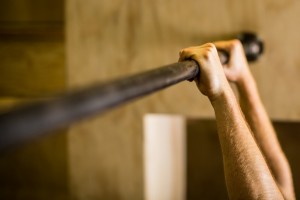
Too old, too fat, too weak for parkour? Start with these 5 basic movements
“When did you start parkour?” “When did you stop?” … 🤔 Everyone did at least a bit of parkour as a kid. At one point
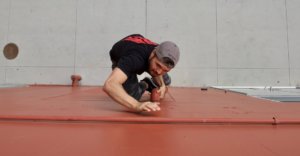
Intro to climb-up strength & skill training
When was the last time you stumbled across a set of rings or monkey bars outside the gym? Maybe at a park or playground? What
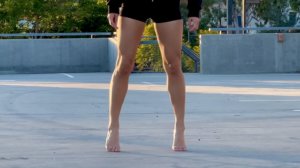
Six foot drills for ankle mobility, strength, & stability
When I first stumbled upon The Foot Drills by Russ Ebbets, DC, I was impressed by the elegance of the idea. Six foot drills can

Build your climb-up from the ground up
If your climb-up needs work, consider drilling the progressions in this blog post. For most of these movements, remember to put extra emphasis on training
Learn more with our digital training programs
Lorem ipsum dolor sit amet, consectetur adipiscing elit. Ut elit tellus, luctus nec ullamcorper mattis, pulvinar dapibus leo.

